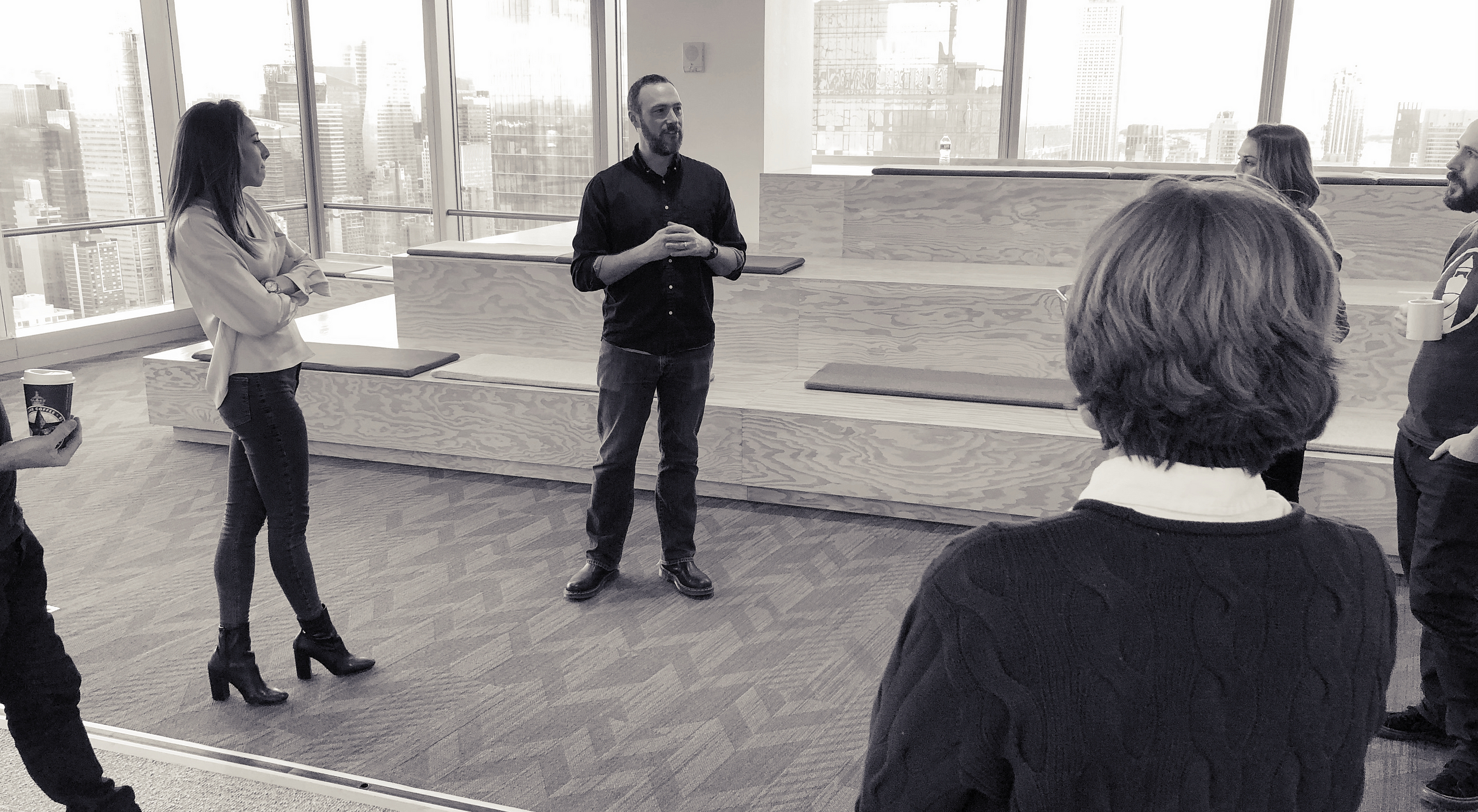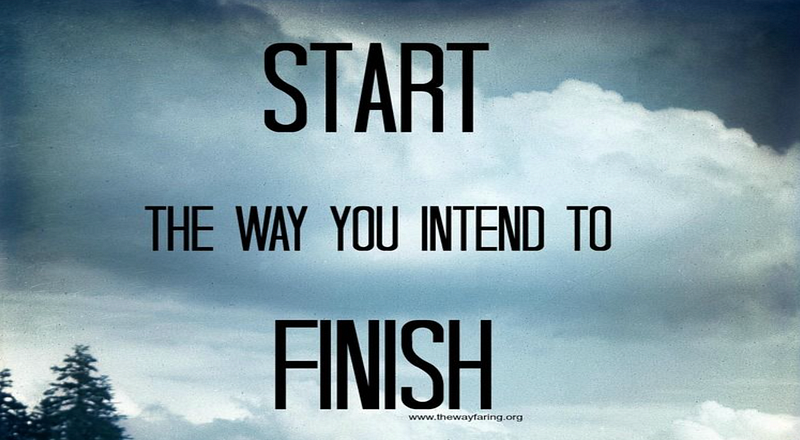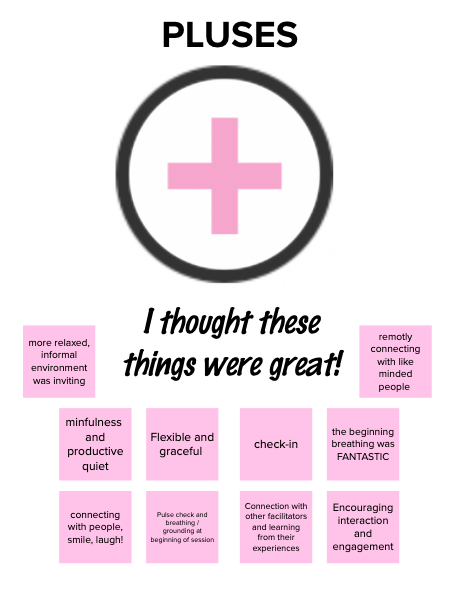Designing the opening

How to start your meetings, workshops, and conversations with intention.
Picture the opening scene of your typical meeting. What mood are people in as they arrive… do they walk into the room or join the video call smiling and ready to dive in?
In my experience, many arrive feeling nervous or guarded — preoccupied with whatever they were doing before this. It could be their third back-to-back meeting. Perhaps they tried to run to the bathroom but the last meeting ran over and… well, now they’re here.
Now bring to mind how most meetings kick off. One person reviews the agenda or fires up PowerPoint. You can almost hear the energy leave the room. And yet, this is how the start of so many meetings and workshops are designed, in that they’re not designed at all.
What if we redesigned the openings of our groups interactions with the intention of, first, establishing connection and engagement? How might the ensuing conversations shift?
As facilitators, change agents, and innovators, we’re hired to drive the discussion forward and help groups reach exciting outcomes. If this is the end we have in mind, then we should…

Redesigning the arrival
If we know that people arrive feeling anxious, tired, and worried about 20 other things, throwing them headfirst into the topic at hand is not going to make it better.
Here’s one approach for redesigning the opening scene of your workshops. Afterward I’ll highlight a few remote-specific points to consider.
Before the workshop
Set a reserved spot to the side for coats & bags — leave yours to model expected behavior
Open the blinds — if there’s enough natural light, turn off / dim the lights
Set up a ring of chairs, 1 for each person
Leave books, cards, stress toys — things people can thumb through and fidget with
Have drinks and snacks available — this is a nice-to-have for shorter meetings, but a must for 3+ hours
During the workshop
Invite people to leave their belongings in the designated area and get comfortable
Take a seat in the circle — people typically join, if not invite them once it’s time to begin
Thank everyone for being there and briefly acknowledge any obvious stressors happening (e.g. treacherous weather, major world events, big company news, etc)
Explain that you’d like to begin by allowing everyone to decompress and arrive
Invite whomever feels comfortable to join you for 1–2 minutes of mindful breathing:
- Everyone can close their eyes and place their hands in their lap
- If you’re up for it, you can guide the breathing or play this
Next, invite each person to perform a 30-second check-in, including:
Name (if unfamiliar with one another)
One thing on your mind unrelated to this workshop
How you’re feeling about this workshop
Who you’d like to share next
Model this for the group so they can see it in action and feel safe to try it.
Afterward, thank everyone for joining you. You can now begin to introduce the objectives and agenda.
For remote
Much of the same can be applied to remote workshops, with a few additional points.
Start bringing people together before the workshop through pre-work activities, games, and conversations
Invite everyone to turn off their phone and laptop notifications, and close out of distracting apps like Slack
Over-communicate the point about joining the mindful breathing only if they’re in a place where they feel comfortable doing so.
Design ~20% more time to account for things taking a bit longer
Get past your nerves and try it
If you’re feeling nervous and uncomfortable about leading something like this, you’re hardly alone.
The first time I introduced a mindful opening, I led 2 minutes of guided breathing. It felt like an eternity and my heart was beating out of my chest. I imagined opening my eyes afterward and everyone just staring back at me like I was nuts.
I also worried that everyone would categorize me and the workshop as being unfit for business. In fact, the reactions shared afterward were just the opposite.

The truth is, we’re all doing our best. We’re all working really hard and juggling a lot. And we could all use a moment to catch our breath, connect with the others in the room, and get ready to dive in.
Facilitation Mini-Course
If you appreciated the ideas shared here and would like to receive more of them in your inbox, I invite you to sign up for the free Facilitation Mini-Course I created.
The course tips include stories, links, videos, prompts, and tools for you to explore.
The course is free — no gimmicks. I just ask that you pay it forward by sharing the course with others. Best way to do that is to clap for this article or re-share it on social so more people discover it.


